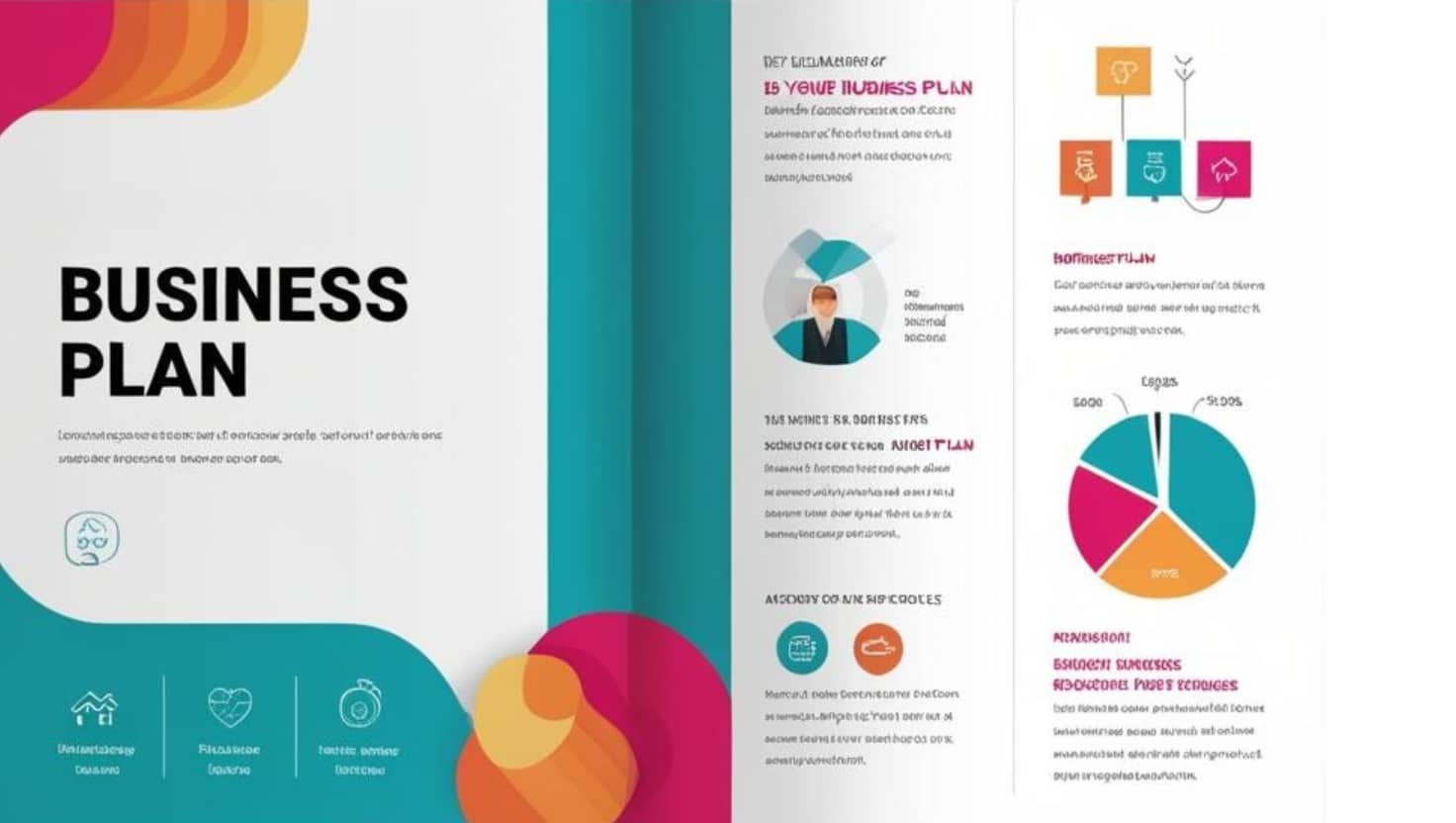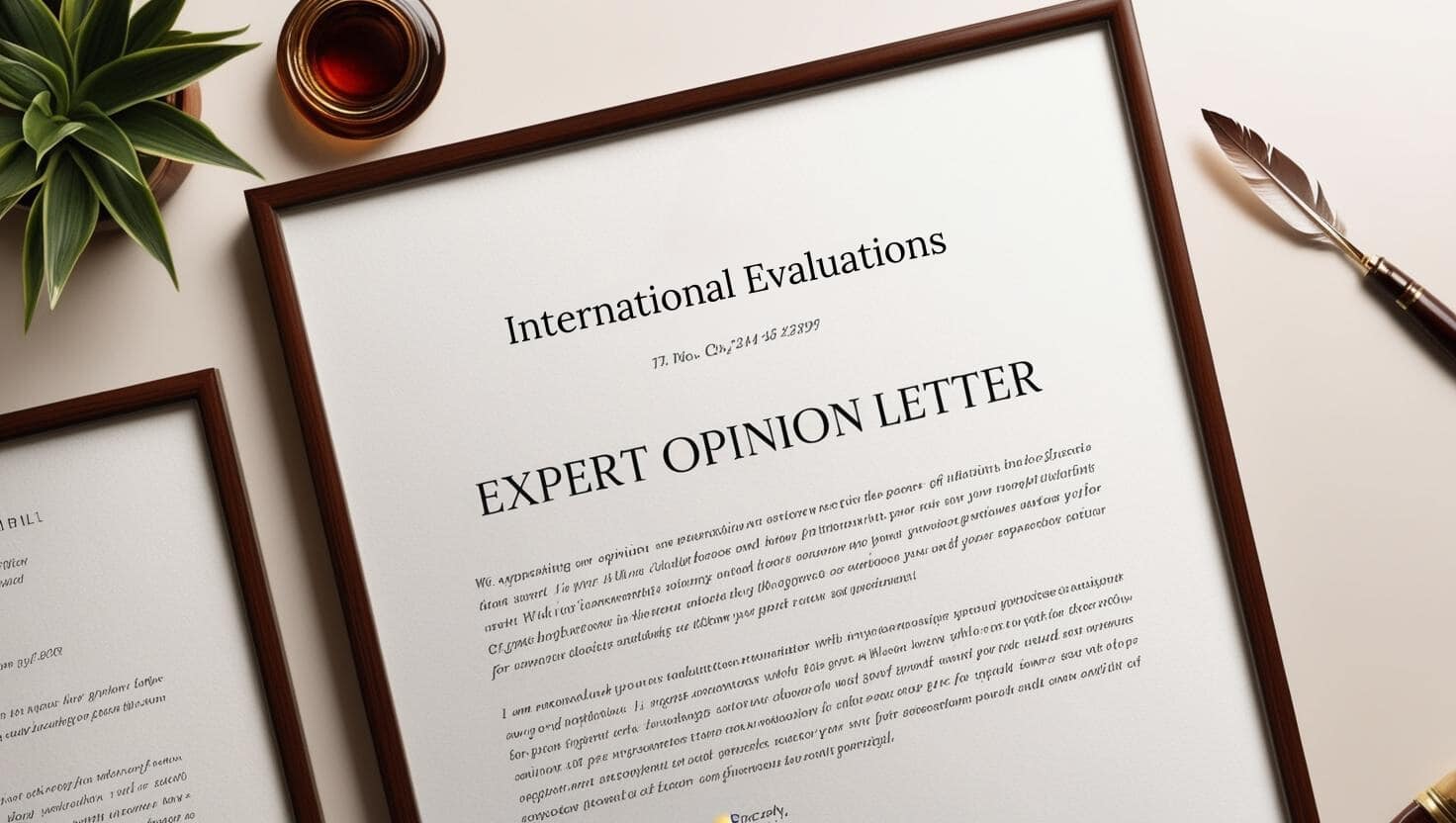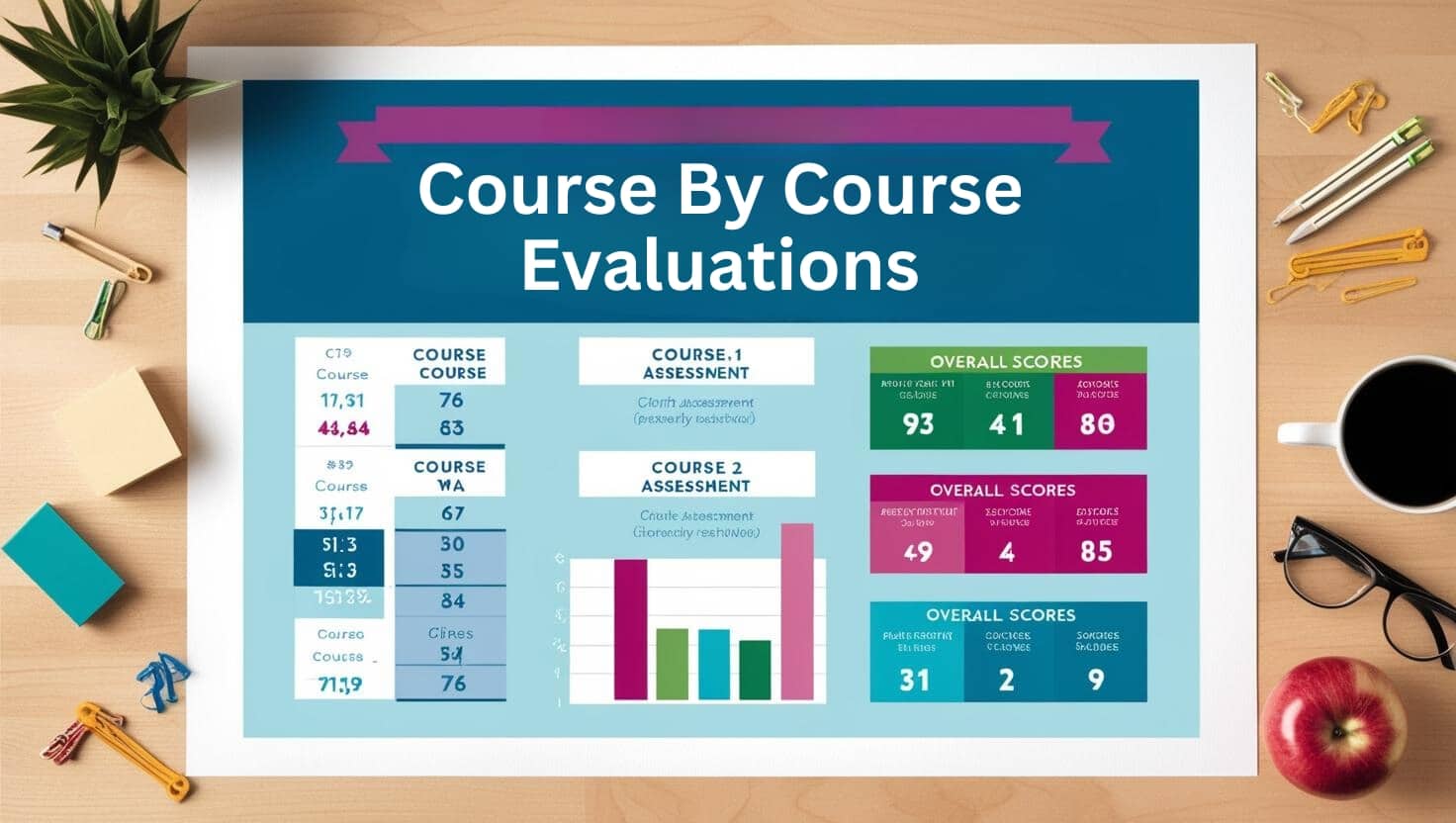Introduction
In today's globalized world, college qualifications are increasingly valued throughout nationwide boundaries. Many individuals look for to advance their careers or seek academic chances in various countries, requiring an extensive understanding of their scholastic certifications. This is where international credential examination services entered into play, assisting both people and institutions in validating the credibility and equivalency of foreign scholastic credentials.
Among the different techniques of credential assessment, the course-by-course credential evaluation sticks out as a careful approach that offers a thorough analysis of an individual's educational records. This write-up will certainly discover the subtleties of course-by-course examinations, detailing what they involve, why they are very important, and just how they can impact one's occupation trajectory.
What is Course‑by‑Course Credential Evaluation?
Definition and Purpose
A course-by-course credential evaluation entails a comprehensive examination of each program noted on an academic records. This examination not only translates grades and credit scores but likewise examines the web content and rigor of each course taken by the trainee. The main objective is to establish exactly how these programs align with educational criteria in one more country.
Importance of Course‑by‑Course Evaluations
Why is it essential to perform a course-by-course analysis? For people planning to examine or function abroad, this sort of assessment can give beneficial insights into just how their previous scholastic experiences equate in a brand-new context. It helps establishments in making notified decisions concerning admissions, employing, or licensure.
The Process of Course‑by‑Course Credential Evaluation
Step 1: Record Collection
The very first step in any type of academic credential evaluation procedure is collecting required papers. This typically includes:



- Official transcripts Degree certificates Course syllabi (if readily available)
Having these records ready simplifies the evaluation process.
Step 2: Evaluation and Analysis
Once files are collected, evaluators carefully examine them for credibility and efficiency. Each program is assessed based upon numerous criteria:
- Credit Hours: The amount of credit reports were designated to each course? Grades: What qualities were achieved? Course Material: What topics were covered?
Step 3: Comparison with Regional Standards
After thorough analysis, critics compare the courses against regional instructional requirements. They might reference resources such as:
- National databases Accreditation bodies Institutional guidelines
This comparison aids figure out equivalency degrees for each course.
Step 4: Report Generation
Finally, evaluators assemble their searchings for right into an extensive report that lays out:
Total credit reports earned. Equivalent programs at regional institutions. Grading scales comparisons.This report functions as an official document that can be offered to schools or employers.
Benefits of Course‑by‑Course Credential Evaluations
Enhanced Recognizing of Academic Background
One primary advantage is that pupils gain clarity on how their worldwide education and learning lines up with regional assumptions. This understanding outfits them for far better decision-making worrying further studies or work applications.
Increased Employability
Many companies call for candidates to have evaluated credentials when considering applicants from abroad. A positive examination can significantly enhance employability prospects.
Facilitates Admission to Educational Programs
For students wishing to sign up in level programs, having a detailed assessment aids organizations assess whether candidates fulfill access needs a lot more effectively.
Work Experience Analysis vs. Course-by-Course Credential Evaluation
What is Job Experience Evaluation?
A work experience evaluation focuses on examining professional experiences instead of academic success. It checks out abilities acquired through work rather than official education.
Key Distinctions In between Evaluations
|Attribute|Course-by-Course Credential Analysis|Job Experience Analysis|| ---------------------------|---------------------------------------|----------------------------|| Focus|Academic courses|Professional experience|| Documents Called for|Transcripts and curricula|Work letters|| Result|Academic similarity|Skill acknowledgment|
Understanding these differences assists individuals in choosing which sort of evaluation fits their demands best.
Expert Opinion Letters
Importance of Specialist Opinion Letters
An expert viewpoint letter work as an extra layer of validation for analyses, especially when unique circumstances develop-- like unaccredited institutions or non-traditional academic experiences.
How They Are Used
These letters can sustain applications by offering understandings from specialists that assess certifications https://reidkkhf802.almoheet-travel.com/demystifying-academic-credential-evaluations-a-comprehensive-overview-to-international-and-course-by-course-providers based on sector standards or certain institutional requirements.
Common Mistaken beliefs About Credential Evaluations
Myth 1: All Assessments Are Developed Equal
Not all analyses hold the exact same weight; different organizations have differing methods and approval rates amongst institutions.
Myth 2: Just Degrees Matter
While degrees are important, several companies worth abilities obtained with work experience similarly-- and this stresses the relevance of work experience evaluations together with academic assessments.
FAQs Regarding Course‑by‑Course Credential Evaluation
What files do I need for a course-by-course credential evaluation?- You usually require main records, level certifications, and potentially training course curricula if available.
- The duration differs by service provider but typically varies from a couple of weeks to numerous months depending on complexity.
- Yes! Most employers recognize reviewed qualifications when making working with decisions.
- Generally speaking, of course; as a result of its in-depth nature and thorough analysis.
- Not all; it's important to check particular institutional demands before applying.
- It's finest to clarify any kind of inconsistencies with your establishment prior to entry; critics may flag inconsistencies affecting your assessment.
The Function of Various Stakeholders in Credential Evaluation
Educational Institutions
Institutions depend on precise examinations to confess qualified candidates while ensuring compliance with accreditation standards.
Employers
Employers utilize assessments to confirm potential hires' qualifications precisely-- improving count on during recruitment processes.
Government Bodies
Some federal government companies need credential examinations for migration objectives; thus playing a crucial duty in global mobility.
Conclusion
In summary, browsing the intricacies surrounding global education needs comprehensive understanding and competence-- both found within the world of credential analyses especially concentrated on programs taken during one's scholastic journey. A course-by-course credential evaluation not only lights up specific success but additionally cultivates possibilities throughout borders through improved employability and instructional access.
As globalization proceeds shaping our globe, spending time into comprehending these nuances could show vital for those looking towards international horizons-- whether academically or expertly oriented! Constantly remember that you have alternatives offered-- so make notified choices regarding your future!